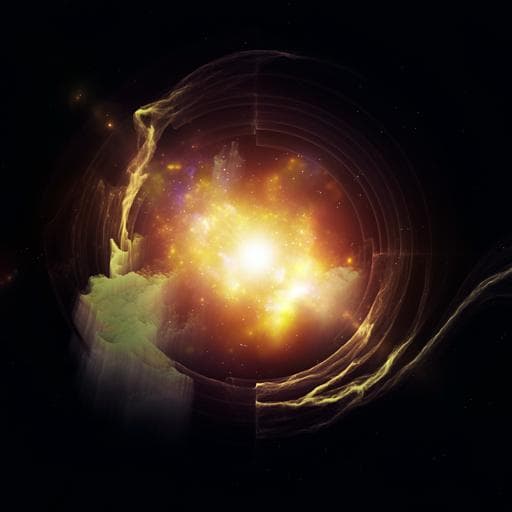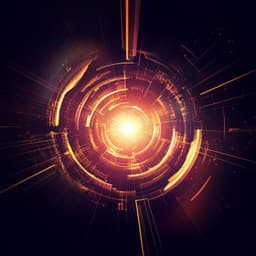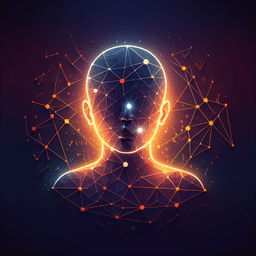
Physics
A portrait of the Higgs boson by the CMS experiment ten years after the discovery
T. C. Collaboration
Ten years after its discovery, the CMS Collaboration delves deep into the Higgs boson, observing its properties across multiple decay channels and reaffirming its alignment with Standard Model predictions. As research continues with high-luminosity LHC data, the quest to uncover the Higgs sector's mysteries intensifies!
~3 min • Beginner • English
Related Publications
Explore these studies to deepen your understanding of the subject.







